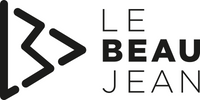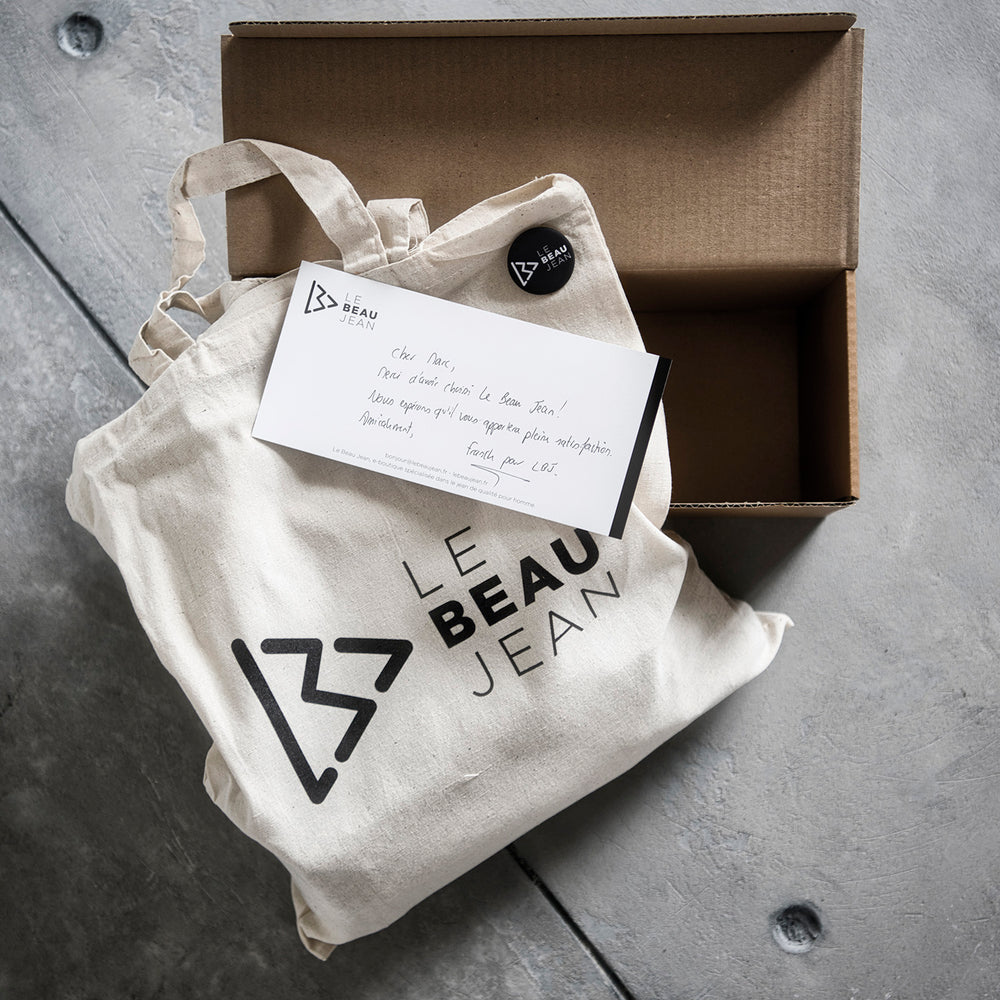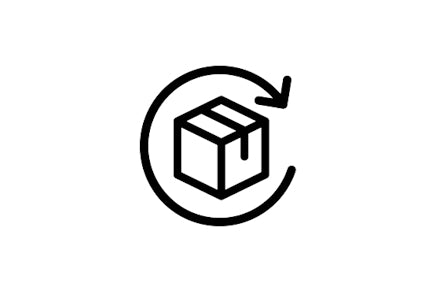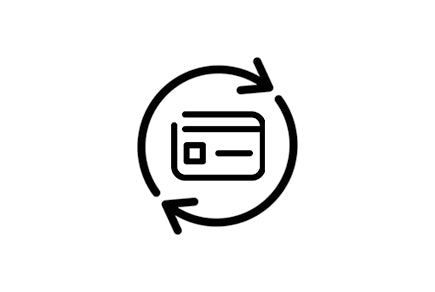In our quest for a more sustainable world, the concepts of recycling and upcycling have gained in importance. But what do they actually mean? And how can they apply to a denim or chino brand like Le Beau Jean? Let's explore these two approaches and discover how they can shape the future of fashion.
Recycling
Recycling is a process whose name is well known, but its reality may be less so, especially in the textile world. Generally speaking, recycling is essential for reducing the amount of textile waste and minimizing environmental impact.
For clothing, recycling involves breaking down manufactured products into raw materials to reuse them to make new textile fibers. In the context of pants, this means recreating cotton yarn from old jeans with the ultimate goal of producing new pants.

Benefits of Recycling
- Sustainability: By using recycled materials, a brand can reduce its dependence on virgin resources and contribute to environmental preservation.
- Waste reduction: Recycling helps prevent old pants from ending up in landfill.
However, these advantages are not without drawbacks, and at Le Beau Jean we have had extensive reflection on the subject and a good basis of practical experience. In summary, here is what we observed:
- Energy consumption: Textile fibers are recycled by shredding them in large shredding machines. The resulting material is then blended to give it a uniform, neutral shade. This process consumes a lot of kilowatt-hours.
- Short fibers: The fibers obtained in this way are shorter than virgin yarn. They cannot be used to create a yarn with 100% recycled material with good mechanical strength. The yarn would be too fragile to produce a sufficiently strong fabric. Recycled fibers must therefore be blended with long, natural fibers. The quantity of recycled yarn can hardly exceed 25%. And the quality of the yarn obtained by this blend can present homogeneity defects, creating weak points. When this happens to a seam in the seat or thighs of a pair of jeans, the pants have few hours to live.
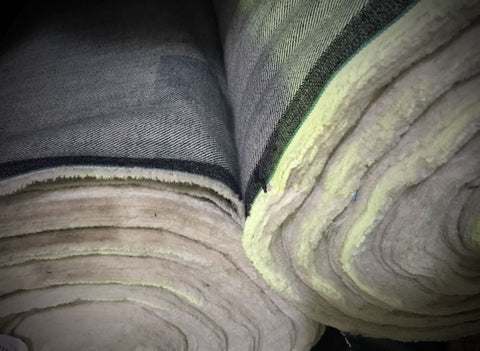
These are all reasons why, at Le Beau Jean, we have chosen not to pursue this path of recycled cotton. However, we are working to recycle production scraps and end-of-roll waste, so that all the material produced is used effectively and does not end up in the trash.
Upcycling
Upcycling is clearly distinct from recycling. Instead of simply transforming products into raw materials, it gives objects a second life without degrading them. In the case of pants, upcycling could involve transforming old jeans into sports bags, trouser pockets, or even school pencil cases. The goal is to create a new product and repurpose existing materials.
Benefits of Upcycling
- Creativity: Upcycling encourages innovation and creativity. A brand like Le Beau Jean can design unique and original pieces from existing materials.
- Differentiation: Upcycled products are often very different from the original material. This allows us to offer products that are often unique on the market, in small batches. Upcycled products thus allow Le Beau Jean to stand out from other brands.
Are there any drawbacks to upcycling? Frankly, at Le Beau Jean, we don't see any!

Recycling or upcycling options at Le Beau Jean
At Le Beau Jean, we have therefore decided to adopt both approaches, because everything that can be done to limit waste production and the exploitation of natural resources must be done. But with different objectives:
By recycling, we use as many raw materials as possible, limiting production waste, while creating sustainable collections.
By upcycling used jeans, we transform old pants into unique pieces, telling a story and generating customer interest.
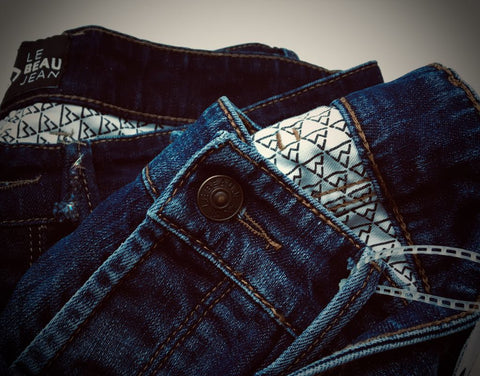
Ultimately, Le Beau Jean's choices depend on our vision and brand identity. We combine the two to create a collection of trousers that combines sustainability and originality. And we put this strategy into practice with our dual apron project: a kitchen apron made from recycled selvedge and a barbecue apron made from upcycled jeans. Each apron has a story to tell; it contributes to a more sustainable future, and together we have the power to shape it in a positive way.
Subscribe to our newsletter to be the first to know when our aprons are released:
